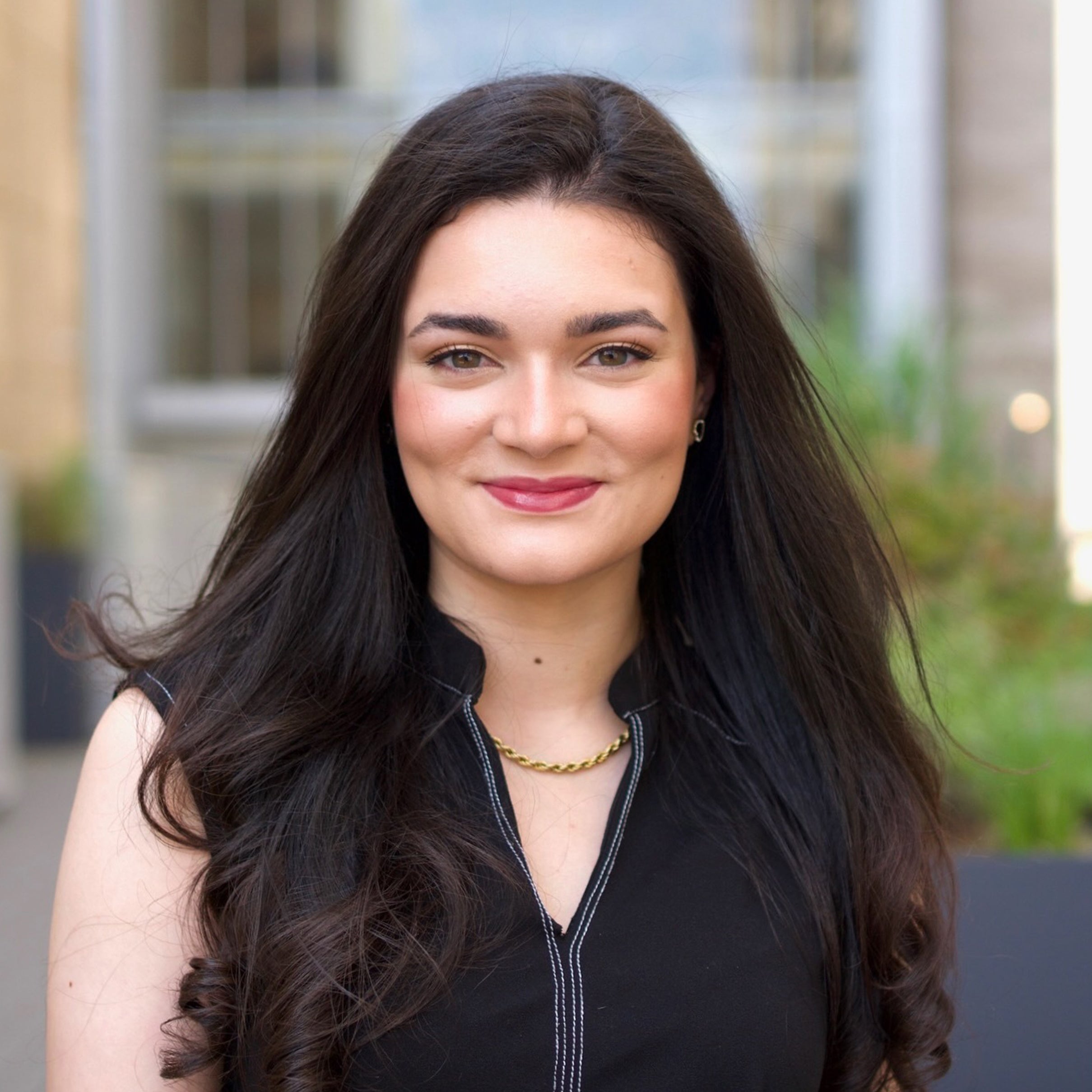Kathleen Curlee is a Research Analyst at Georgetown University’s Center for Security and Emerging Technology (CSET), focusing on the national security applications of artificial intelligence. Her analysis and commentary have been featured in TIME, Barron’s, Breaking Defense, and The Wire China, as well as on CNBC. Prior to joining CSET, she worked as a Legal Analyst at Hughes Hubbard and Reed LLP. She also held internships at the U.S. Department of State’s Office of Weapons of Mass Destruction Terrorism, the Federal Trade Commission, and the Governor of Arkansas. She holds degrees in International Relations and Political Science from the University of Pennsylvania.
Related Content
How far has Beijing advanced on the goals set in its 2021 Space Perspective? Drawing from open-source evidence, this analysis tracks progress across seven mission areas. The findings reveal steady, wide-ranging advances toward 2027 objectives,… Read More
CSET’s Kathleen Curlee shared her expert analysis in an article published by TIME. The article discusses the growing hazards posed by space debris, highlighting a recent incident in which China’s Shenzhou-20 spacecraft was struck by… Read More
CSET’s Lauren Kahn shared her expert analysis in an article published by Scientific American. The article discusses the growing dangers of space debris and how increasing orbital traffic threatens satellites, space stations, and human space… Read More
Data Snapshots are informative descriptions and quick analyses that dig into CSET’s unique data resources. This data interactive maps each of the over 34,000 pieces of space debris the United States government has tracked since… Read More
CSET’s Kathleen Curlee shared her expert analysis in an article published by Business Insider. The article examines China’s rapid growth in space-based military capabilities and the growing competition with the United States in orbit. It… Read More
How America Can Win in Space to Protect Taiwan and Beyond
September 2025Kathleen Curlee and Andrew Hanna shared their expert analysis in an op-ed published by the Council on Foreign Relations. In their piece, they examine how U.S. space superiority is essential to defending Taiwan while sustaining… Read More
How The U.S. Became So Dependent On SpaceX
August 2025CSET's Kathleen Curlee was featured in a short-form documentary published by CNBC. The documentary traces SpaceX’s rise from a struggling startup to a $400 billion company that now dominates the global space industry, while raising… Read More
Sustaining the U.S. Edge in Remote Sensing, Launch, and Advanced Technologies for National Security
July 2025This report examines how U.S. leadership in remote sensing, launch, and advanced space technologies has shaped the global space economy and what it will take to sustain that edge. Drawing on CSET’s prior research, the… Read More
The United States is home to a growing set of companies building advanced space technologies, from lunar landers to satellite servicing systems. These firms are taking on missions once led by government and developing capabilities… Read More
CSET’s Kathleen Curlee shared her expert analysis in an op-ed published by Barron’s. In her piece, she examines Elon Musk’s unraveling relationship with President Trump and the political and market consequences for Tesla and SpaceX. Read More
Kathleen Curlee and Andrew Hanna shared their expert analysis in an op-ed published by TIME. In their piece, they analyze the growing national security risks posed by Russia and China’s advancements in space weaponry—particularly anti-satellite (ASAT)… Read More
CSET’s Kathleen Curlee shared her expert analysis in an op-ed published by Breaking Defense. In her piece, she discusses the Trump administration's decision to eliminate the Advisory Committee on Excellence in Space (ACES) and the potential… Read More
The United States leads the world in space launch by nearly every measure: number of launches, total mass to orbit, satellite count, and more. SpaceX’s emergence has provided regular, reliable, and relatively affordable launches to… Read More
Eyes Wide Open: Harnessing the Remote Sensing and Data Analysis Industries to Enhance National Security
July 2024The U.S. government has an opportunity to seize strategic advantages by working with the remote sensing and data analysis industries. Both grew rapidly over the last decade alongside technology improvements, cheaper space launch, new investment-based… Read More
Policy and research communities strive to mitigate AI harm while maximizing its benefits. Achieving effective and trustworthy AI necessitates the establishment of a shared language. The analysis of policies across different countries and research literature… Read More
In their op-ed featured in The Wire China, CSET's Ngor Luong, Sam Bresnick, and Kathleen Curlee provide their expert analysis on the changing landscape for U.S. big tech companies in China. Read More
U.S. technology companies have become important actors in modern conflicts, and several of them have meaningfully contributed to Ukraine’s defense. But many of these companies are deeply entangled with China, potentially complicating their decision-making in… Read More
The use of the word “trustworthy” in relation to AI has sparked debate among policymakers and experts alike. This blog post explores different understandings of trustworthy AI among international actors, as well as challenges in… Read More
Australia, Canada, Japan, the United Kingdom, and the United States emphasize principles of accountability, explainability, fairness, privacy, security, and transparency in their high-level AI policy documents. But while the words are the same, these countries… Read More
When the technology and policy communities use terms associated with trustworthy AI, could they be talking past one another? This paper examines the use of trustworthy AI keywords and the potential for an “Inigo Montoya… Read More

